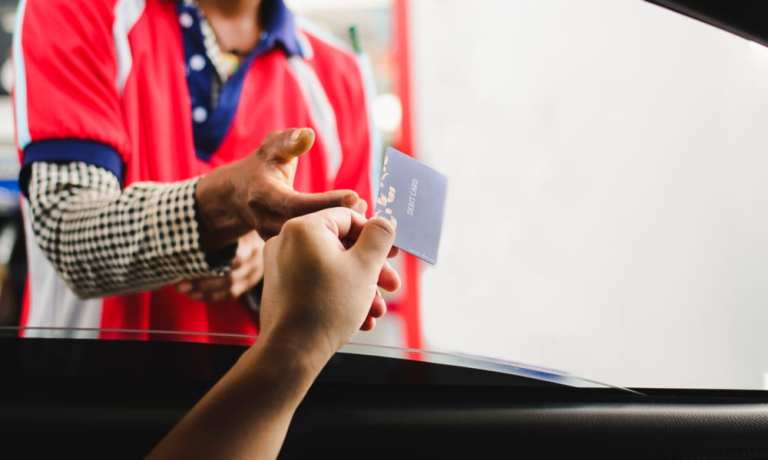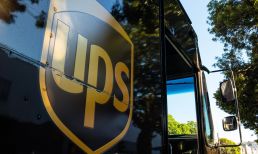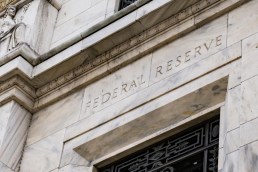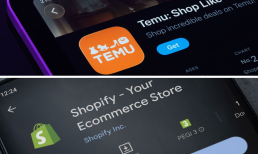Fleet payments are headed toward a futuristic upgrade thanks to the rise of electric vehicles, autonomous self-driving vehicles, and even the beginnings of contactless payment technology that turns the vehicle into the payment mechanism itself.
These trends will impose dramatic changes in the payments technologies that fleet managers and drivers need. But today, traditional card payments for traditional fuel remain, by far, the most common payment scenario in the fleet arena.
While it’s good to brace for the future, fleet payments in the here-and-now still face significant friction and inefficiency, according to Daniel Simon, founder and CEO of fleet payments FinTech Coast. Addressing the challenges of traditional fleet payments today will be an important part of setting the industry up for success as it evolves, Simon told PYMNTS.
Optimizing Card-Based Gas Purchases
Commercial fuel payments is one area of B2B payments that has quickly embraced the payment card. This presents particular benefits for fleets — but challenging pain points, too.
“Gas stations are somewhat unique in B2B payments, because there are still so many card-present transactions that occur without a teller at automated fuel dispensers (AFDs),” Simon explained.
Advertisement: Scroll to Continue
Cards are a natural fit in fleet payments, considering the design of the fuel dispenser to promote card use. Card technology also enables custom controls and spend visibility.
Yet the proliferation of the fleet card hasn’t eased all areas of friction for fleets. Pricing and fees can often be opaque, said Simon, while not every fleet card is accepted at every gas station.
B2B payments FinTechs have an opportunity to change that paradigm, particularly at a time of so much commercial card innovation. For Coast, the mission is to promote transparency and universal card acceptance — the latter, said Simon, remains undoubtedly the top request from fleet managers surveyed by the firm.
But there are opportunities to not just ease the friction of traditional fuel cards, but to also introduce more innovative, value-added features.
Driving Value Further
Considering that drivers are constantly on the go, offering text message-based workflows “instead of fuel-dispenser prompts” can provide a more seamless payment experience for drivers, said Simon. Fleet managers also need solutions that can integrate transaction data with existing accounting systems, while security and control capabilities must go above and beyond to tackle some of the fleet industry’s most pressing concerns around wasted or fraudulent spend.
“Wasted spend can come from abuse or inefficiency,” said Simon, adding that inefficiencies can include the need for drivers to travel to gas stations that are more expensive or further away to ensure that their card is accepted. Abuse, meanwhile, involves employees purchasing fuel for personal use or to sell.
Businesses often tackle the issue of abuse by obtaining fleet card products that Simon said have expensive fees for customization, or by manually matching up odometers with transaction data to identify potential anomalies or theft.
With telematics technology quickly gaining traction in the fleet management arena, there are also opportunities for fuel card solutions to integrate with those telematics tools, a capability that Simon said can enable real-time visibility into a vehicle’s status and location and enhance analysis activity in the context of both spend and vehicle data.
Preparing For The Future Of Fleet
Advancements in telematics are ushering in new heights for “smart vehicles,” with the potential to provide all kinds of valuable insights for drivers and fleet managers — especially when coupled with payments data.
But fleet innovations are moving quickly. Self-driving trucks and RFID vehicle tags are changing the landscape both for how fleets make payments, and what they purchase. Even as a young firm, Coast’s roadmap must take these shifts into consideration.
“Today, Coast might help facilitate the purchase of diesel gas that fuels an internal combustion engine,” said Simon. “But with developments in alternative vehicle energy, tomorrow we will be powering the transaction that charges an electric vehicle battery that gets the HVAC installer to his job, or gets the package delivery driver to her destination.”
But that evolution won’t come without its hiccups. The infrastructure required to support widespread EV charging will take time to come to fruition — and as Simon highlighted, even today’s traditional gas stations can struggle to modernize. “Quite a few gas pumps still don’t have chip card readers, much less NFC/contactless,” he noted.
But by tackling the fundamental requirements of today’s fleet managers and drivers — universal card acceptance, pricing transparency, spend controls and data integrations — the fleet payments arena can set itself up for a smooth road toward modernization, as telematics, EVs, autonomous vehicles and RFID tags change the fleet driving and fleet transacting landscape.




